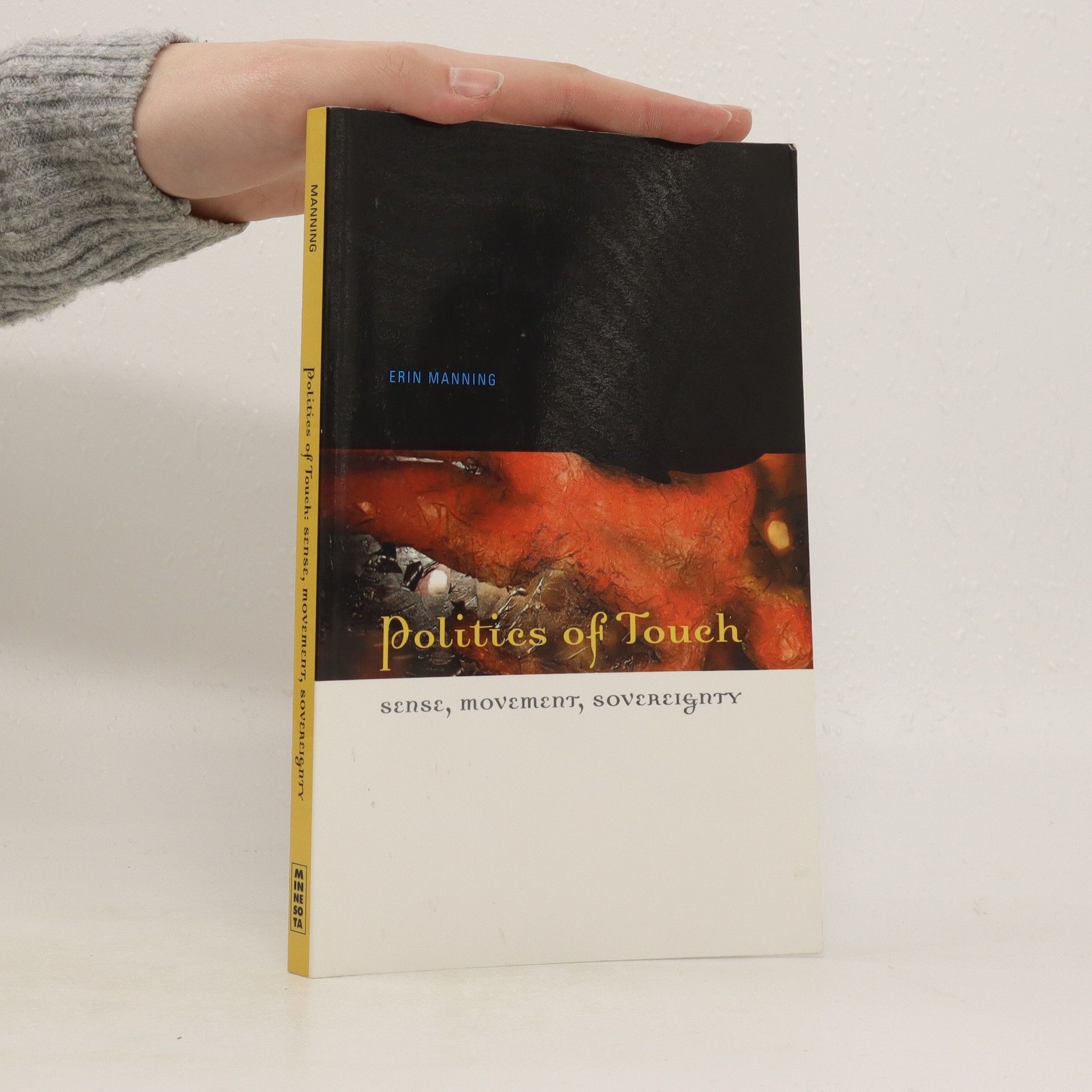For a Pragmatics of the Useless
- 392 Seiten
- 14 Lesestunden
Drawing on the radical black tradition, process philosophy, and Felix Guattari's schizoanalysis, Erin Manning explores the links between neurotypicality, whiteness, and black life.
Erin Manning ist eine Künstlerin und Forscherin, deren Werk die Schnittstellen von künstlerischer Praxis und Philosophie durch die Linse des wahrnehmenden Körpers in Bewegung erforscht. Ihre künstlerische Praxis verbindet Malerei, Tanz, Stoff und Skulptur und konzentriert sich auf die tiefgreifenden Verbindungen zwischen Erfahrung, Denken und Politik. Ihr Schreiben befasst sich mit den Sinnen und politischen Dimensionen, oft innerhalb eines transdisziplinären Rahmens, der Tanz, neue Technologien und Performancekunst integriert. Sie betont die Mikropolitik der Empfindung und die zeitgenössische Konvergenz filmischer und medialer Formen.




Drawing on the radical black tradition, process philosophy, and Felix Guattari's schizoanalysis, Erin Manning explores the links between neurotypicality, whiteness, and black life.
Printbegrænsninger: Der kan printes 10 sider ad gangen og max. 40 sider pr. session
Texture is a minor concept in the fields of art, philosophy, and design. Many writings and artistic/design works explore the texture of something, but in itself texture receives less attention. 'Texturing Space' draws a cartography of texture and practices of texturing across different spaces and modes of thinking and making. Comprising approaches from art, urban and interaction design, cultural and media theory, philosophy, and sociology, the contributions to this volume provide nuanced understandings of texture and its potential value for creative experimentation. Building on practice-based experiences in Zurich and Hong Kong, the book explores translocal and transcultural modes of collaboration, pedagogical techniques, and manifold ways of engaging urban textures through the use of a mobile lab. Built around three planes?diagramming, relating, belonging?the gathered materials contribute to an exponential cartography of texture and texturing as key techniques and approaches for research-creation (artistic research)
Out of the Clear begins with the question of the clearing: What operations are at work when land is cleared, or thought is cleared, of all that grows wild? Clearing, the settler-colonial act of defining a territory and producing a border, clears the world of the thickets of all that is already at work. Get rid of the muddle. Privilege productivity. This devaluing operation is taken for granted as the necessary operation for all beginnings. Clear the movementtendencies before you start dancing. Clear the thought-wanderings before you start writing. Clearing's best accomplice is method. A clear site is one that can be overseen, that can be managed. The resounding image of the clearing in Out of the Clear is the residential school for the forced internment of first nations peoples, the sites always barren, empty of any tangle. The motif of the clearing weaves through Out of the Clear, a book written in the first year of the 3Ecologies project's landbased site. In the mode of speculative